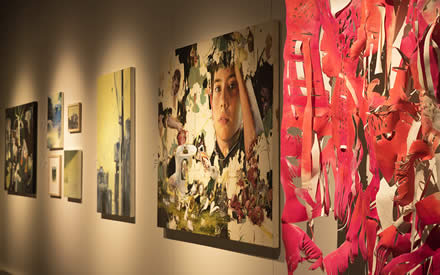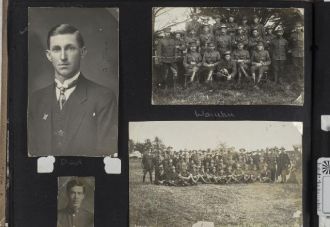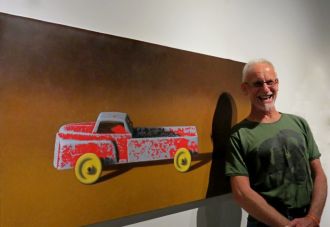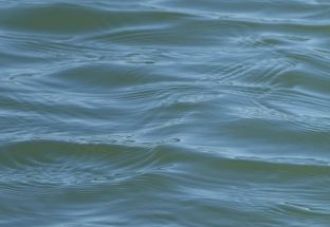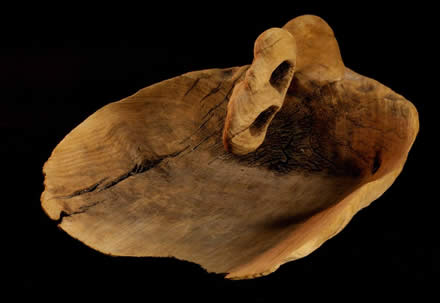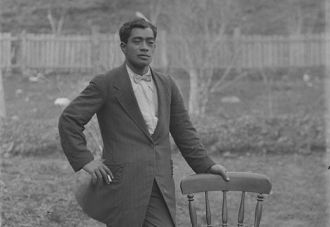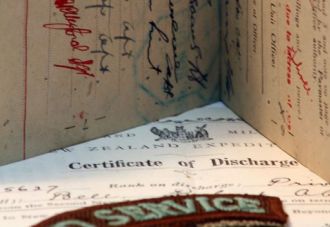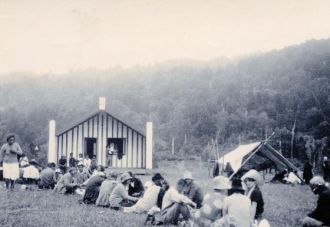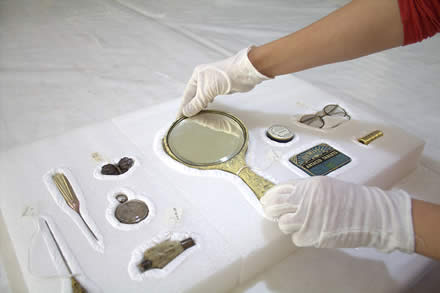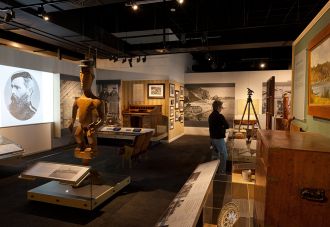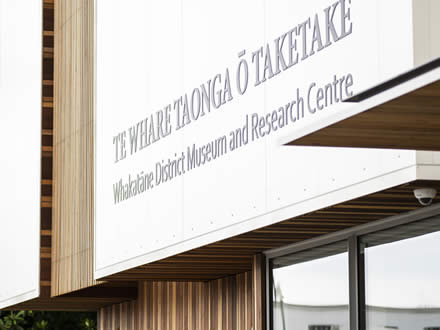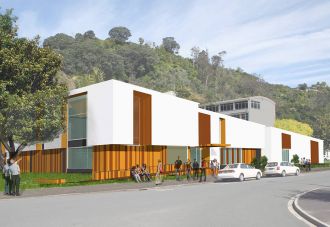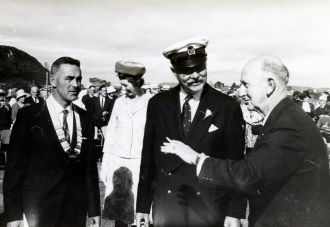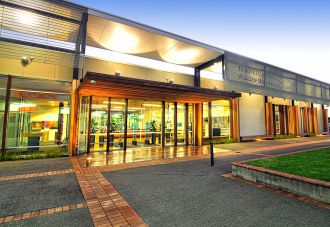Date:
Tiki is a collaborative exhibition showcasing the talents of two local artists, David Marven and Harlem Shine, as they explore the tiki within a broader continuum of narrative and form.
Marven chose to absorb the beauty of traditional visual forms in ‘pilgrimages’ to the Auckland Museum and reoffers the tiki imbued with ‘psychological colour’ as an active participant in our everyday lives. In contrast, Shine has accepted his base material as delivered from the Pacific Ocean, then intuitively releases and shapes the form contained within.
An icon of cultural heritage, the origins of the tiki are unclear. Rangihiroa Panoho reminds us the object bloodlines are far-reaching throughout the Asia-Pacific, but generally speaking, the tiki represents the human figurative form. Interpretations frequently include links with fertility, the human embryo, spirituality and prestige, and gods and goddesses of the Māori realm.
In this exhibition, locally grounded art practices infuse the tiki with a fresh perspective as the artists invite us to view a treasured taonga through their eyes.
David Marven
Marven presents a new series of paintings in which reconstructed forms invite the viewer to delve into the territory of pictorial possibilities. Tiki is removed from an intangible domain and brought into our everyday world.
"I love how the tiki often seems fearsome, and yet at the same time vulnerable… like real people," Marven says.
In Marven’s work, tiki is seen as formidable, but also as cheeky, playful or serene. Tikis are dancing, running… living. In this humanisation of the sacred, Marven encourages the viewer to contemplate a relationship of shared experience.
It seems natural for tiki to feature in Marven’s work. Growing up in Ōhope, Marven recounts, “I remember walking past a big ponga tiki at Brebner’s letterbox each day on the way to school. And another one just up the road. I think it was the first real art I experienced.”
Marven’s explorations offer another unlikely pairing as he fuses the tiki with “that other ubiquitous character, the manaia” to examine the synergies of structure and form. This merger is stimulating—a deconstruction and reconstruction—a union that considers two entities creating a new being or two separate parts of a whole.
As Marven echoes a number of art influences into his work, such as post-impressionism and cubism, the viewer is able to discover a mesmerising world of rich colour and dynamic brushstrokes, strong forms and dreamlike shadows, a place both fractured and harmonious. Thought-provoking and sensitive in creation, these works challenge us to reconsider our perceptions and reflect on the living legacy of cultural forms.
Harlem Shine
Walking, foraging, collecting, making…
Harlem Shine has an instinctual need to create. His hands and chisel lead the way, drawn out by his enthusiasm and wonderment of the many treasures found washed up along Ōhope’s shores. Most days you‘ll find him searching for driftwood or carving into the wood as it lies in situ, with an organic rhythm and honest determination.
“I go down to the beach six out of seven days a week – and always after a king tide, this is when I find my best pieces of wood. Some pieces come all the way down the Whakatane River from the Ureweras...”
Utilising timbers from unknown origins, perhaps washed down streams or delivered by sea currents, what lies in front of Shine is an uncertain sculptural outcome. Each new surface guides his hands from one exploratory movement to another, extracting the timber's innate qualities through the artist’s process.
“Everything I carve is inspired by tiki.”
There is a familiarity in his works—the paua eyes, varnished woods, and carved lines—but Shine’s sculptures take the viewer to an imagined land. Many think they have washed up as they lie. Awaiting rediscovery, Shine’s sculptures remain where found, only shifting by the movements of the sea.
To view Shine’s works in situ, download the map provided below.
Harlem Shine Works Map - (PDF, 409 KB)



